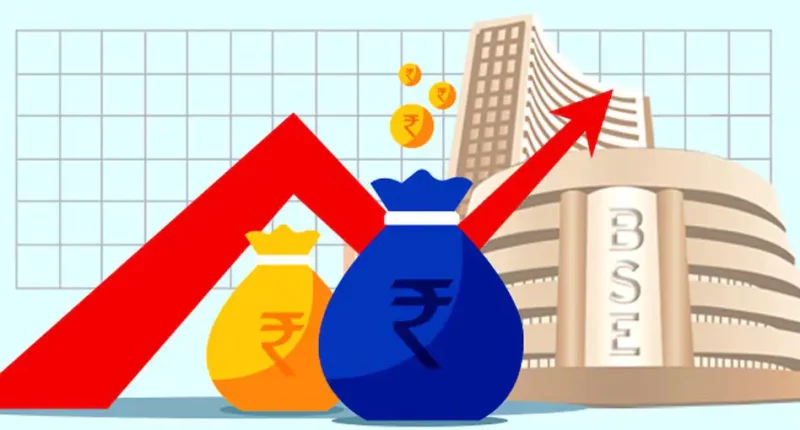Investors who look forward to outperforming large-cap investments can opt for mid-cap funds, which carry greater risk in terms of volatility.
Depending on market capitalization, the Securities and Exchange Board of India (Sebi) divides mutual funds into three categories: large-cap, mid-cap, and small-cap funds. Mid-cap funds are firms with market capitalizations between Rs 5,000-20,000 crore.
Mid-cap funds hold potential for future growth in return rates. Considering market instability and general ambiguity about their performance in the future, risk levels are significantly increased.
Mid-cap corporations are the main assets that mid-cap mutual funds use to earn returns on investment. To potentially generate a strong recovery in the long term, fund managers use the money of investors to invest in mid-cap stocks.
Investors with an appetite for high risk and looking forward to a long-term investment period of say, more than seven years can think about investing in mid-cap funds.
Before choosing a mid-cap scheme, an investor should check whether it is rated. Investment in the stock and equity-linked securities of market-based mid-cap firms are undertaken by mid-cap funds. While mid-cap funds are comparatively steady than small-cap funds, the returns can be smaller.
An investor should verify the program of investment expense ratios. Market regulator Sebi maintains that fund management and administrative charges for all mutual fund companies must not exceed 2.5%. Better returns on mutual fund investments are correlated with reduced expense ratios.
An investor also needs to consider the post-tax returns of a fund. Besides, investors need to confirm the applicable tax deductions after the term of investment plans.
Also, investors must ensure due diligence in other qualitative aspects, including the fund manager’s track record and investment methodology.
Ideally, opt for fund companies with a significant presence in the financial markets and offer funds with a proven track record. The proportion of top-performing funds also needs to be considered.
Mid-cap mutual funds are high-risk return investments, investor should consider their exposure within the recommended ranges.

Rajiv is an independent editorial consultant for the last decade. Prior to this, he worked as a full-time journalist associated with various prominent print media houses. In his spare time, he loves to paint on canvas.





